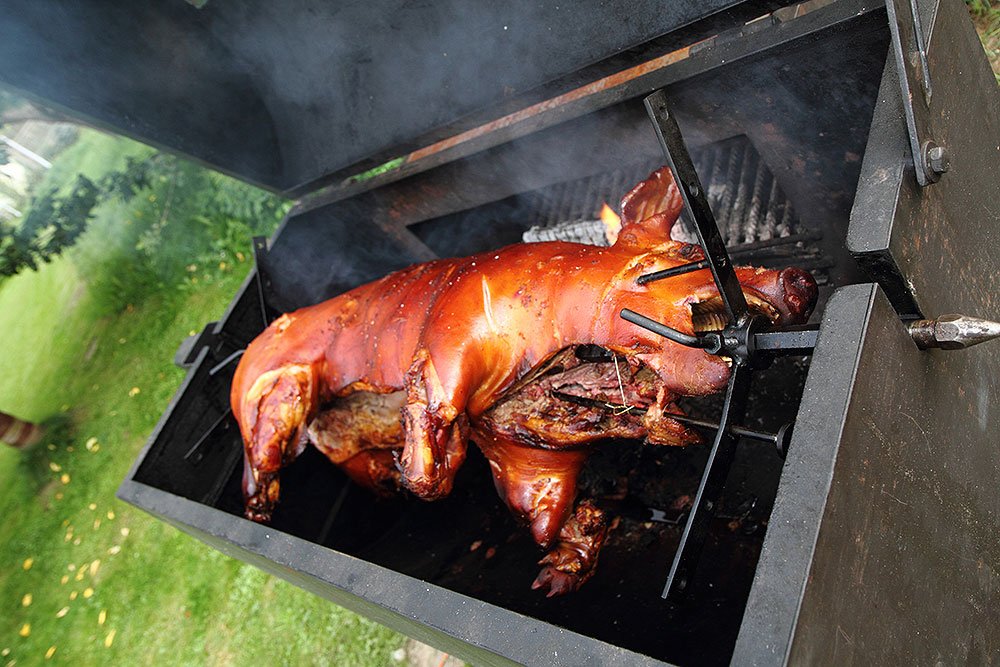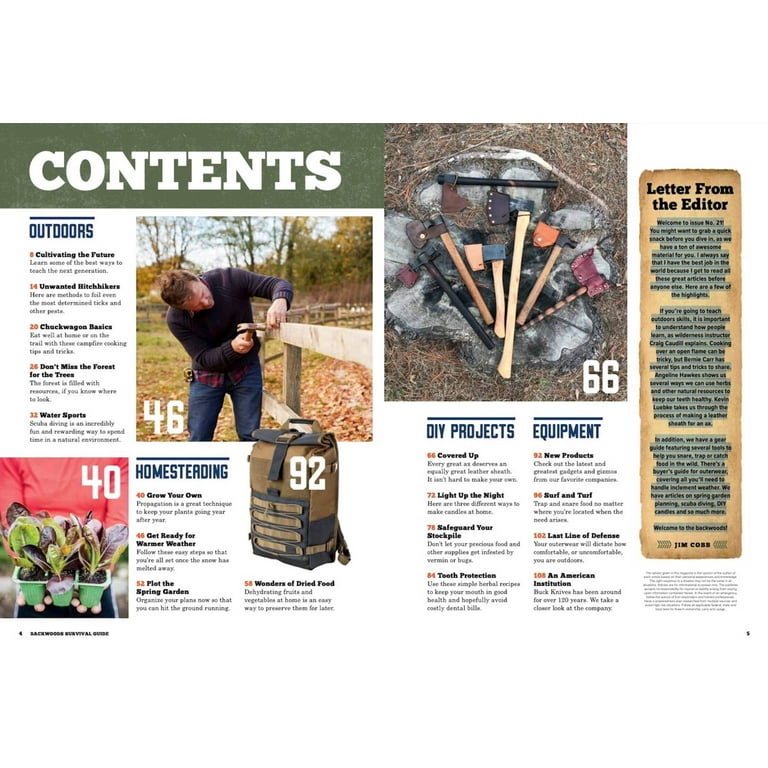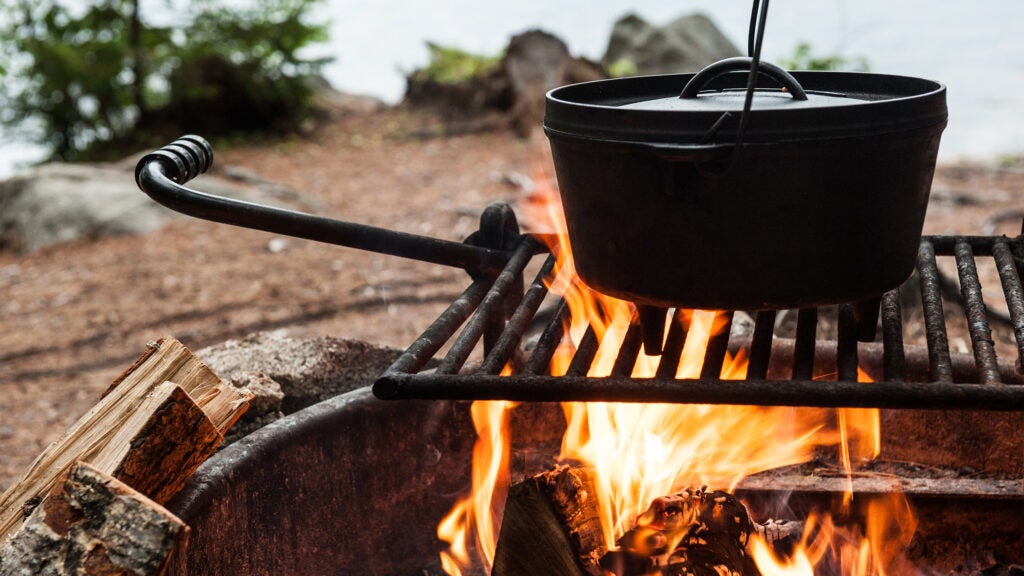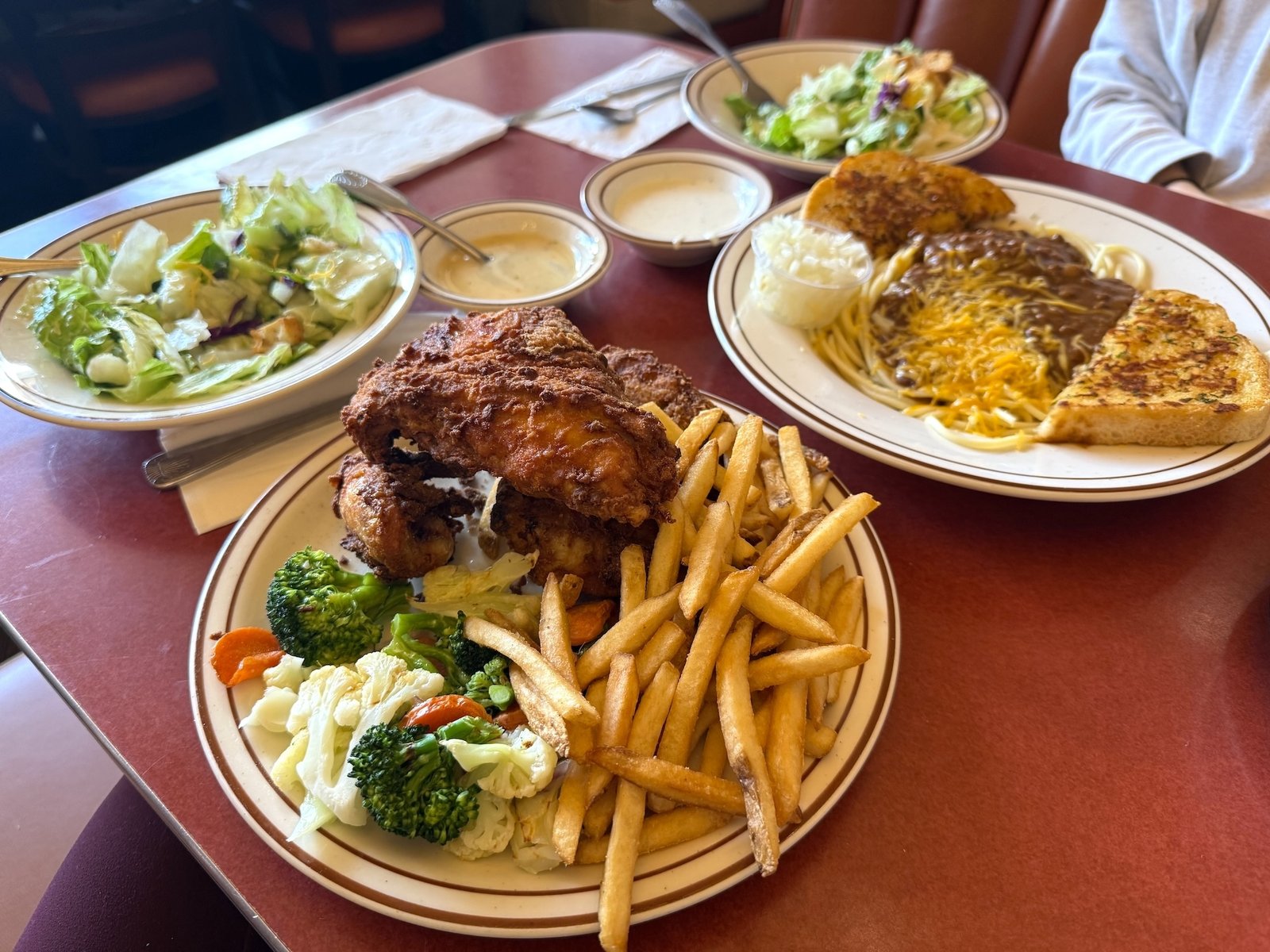When venturing into the wilderness, whether on a camping trip or a remote outdoor adventure, mastering backwoods cooking techniques is essential for preparing delicious and satisfying meals. These methods, rooted in ancient practices, enable outdoor enthusiasts to cook with minimal equipment, harness natural resources, and elevate their wilderness cuisine experience. From the simplicity of foil pouch camping meals to the ingenuity of reflection oven cooking, each technique brings a unique flavor of tradition and innovation to outdoor cooking. Embracing these primitive outdoor cooking methods not only enhances culinary skills but deepens a connection with nature and history, making every outdoor meal an adventure in itself.
In this comprehensive guide, we’ll explore a variety of backwoods cooking techniques that cater to different tastes, resources, and setups. Whether you’re interested in harnessing solar power with outdoor solar cookers, perfecting Dutch oven recipes, or mastering reflection oven methods, this post offers insights that inspire confidence and creativity in wilderness cooking. Join me as we traverse the practical and imaginative ways to cook in the great outdoors, combining old-world skills with modern ingenuity to create memorable dining experiences.
Exploring Backwoods Cooking Techniques: An Introduction to Primitive Outdoor Methods

Getting started with backwoods cooking techniques can seem daunting at first glance, but understanding the foundational principles makes it approachable and enjoyable. Primitive outdoor cooking methods rely on basic tools—such as a fire, pots, and natural reflectors—and exploit natural phenomena like heat and sunlight. The goal is to maximize efficiency while minimizing reliance on modern appliances, thereby cultivating a sense of self-sufficiency and respect for traditional culinary arts. Techniques like building simple stone or dirt ovens, using cast iron cookware over open flames, and employing natural reflectors allow outdoor cooks to prepare a wide range of dishes in rugged environments.
Furthermore, these techniques challenge us to think creatively about resourcefulness. For example, using locally available materials like rocks, dirt, or even snow can create makeshift cooking structures that trap and retain heat. Such methods also foster sustainability, as they often involve less energy consumption and wastage compared to modern outdoor cooking gadgets. Developing proficiency in these primitive outdoor cooking methods ensures that you’re prepared for any situation, from casual camping trips to emergency survival scenarios, making outdoor cooking both an art and a vital survival skill.
Harnessing the Power of the Sun – Using a Solar Cooker for Outdoor Meals

The concept of solar cooker use outdoors taps into one of nature’s most abundant resources—sunlight. Solar cookers operate on the principle of concentrating sunlight to generate heat, allowing outdoor cooks to prepare meals without fuel or fire. This eco-friendly approach is ideal for sunny days and offers a sustainable alternative to traditional methods. Setting up a solar cooker in the wilderness requires minimal equipment, often just reflective panels or parabolic dishes, making it accessible even for beginners. The benefits extend beyond environmental impact; solar cooking prevents smoke and reduces the risk of wildfires, creating a safer outdoor cooking environment.
What excites me about solar cooker use outdoors is the technological blend of old and new—using ancient solar principles combined with modern materials like reflective Mylar or aluminum foil. These devices can cook everything from stews to bread, and the process encourages patience and mindfulness, as cooking times tend to be longer. The versatility of solar cookers makes them handy tools in remote settings, especially when traditional fuels are unavailable. Experimenting with different designs, such as parabolic reflectors or box cookers, broadens the horizon of outdoor culinary possibilities and deepens appreciation for solar energy’s potential in wilderness cooking.
The Versatility of the Dutch Oven – Delicious Outdoor Recipes for Camp and Trail

The Dutch oven outdoor recipes stand as a cornerstone of primitive outdoor cooking because of their durability, heat retention, and versatility. Whether you’re baking bread, making stews, or roasting meats, a Dutch oven can handle almost any dish you throw at it. When used over campfire coals or embedded into hot coals, a Dutch oven delivers evenly distributed heat, creating crusty breads or tender roasts that rival those cooked in a conventional oven. Its multi-purpose nature means you can sauté vegetables, simmer soups, or even bake desserts—all in the same vessel, reducing equipment needs.
Beyond the practical, cooking with a Dutch oven can be a communal activity, adding to the outdoor experience. The process of tending coals, managing heat, and checking on dishes cultivates patience, mindfulness, and a sense of satisfaction. For outdoor enthusiasts interested in Dutch oven outdoor recipes, experimenting with different bread types, hearty chili, or even cobbler desserts offers endless creative opportunities. Mastering this technique means you’re equipped to cook hearty, flavorful meals that satisfy both body and spirit during wilderness adventures.
Reflection Oven Cooking – A Sustainable and Efficient Method for Outdoor Baking
Reflection oven cooking presents a fascinating and sustainable method for outdoor baking by utilizing reflective surfaces to concentrate sunlight or ambient heat onto a cooking vessel. Simple in design, reflection ovens often involve a reflective panel positioned to direct heat inward, creating a makeshift oven that can bake bread, cakes, or cookies with minimal fuel. This technique not only conserves energy but also exemplifies the ingenuity of primitive outdoor cooking methods—using natural and recycled materials to achieve consistent heat.
What makes reflection oven cooking particularly intriguing is its eco-friendliness and adaptability. In sunny environments, these ovens can operate with little to no additional fuel, reducing environmental impact and operational noise. They also inspire creative construction using everyday items like cardboard, aluminum foil, or reflective sheeting, allowing cooks to customize their setup based on available resources. Reflection ovens foster a deeper understanding of heat dynamics and can be a valuable addition to any outdoor cooking arsenal, especially for those committed to sustainability and resourcefulness.
Foil Pouch Camping Meals – Quick, Easy, and Flavorsome Options for the Outdoors
One of the most beloved primitive outdoor cooking methods for its simplicity and efficiency is preparing foil pouch camping meals. These meals involve wrapping ingredients—meat, vegetables, seasonings—in aluminum foil and cooking them over coals or hot flames. The sealed pouches lock in juices and flavors, creating a steaming, self-contained meal that requires minimal cleanup. They are perfect for busy days outdoors when convenience is key, but you still want a nourishing and flavorful dinner.
The beauty of foil pouch camping meals lies in their versatility and creativity. You can customize the ingredients based on dietary preferences or what’s available in your backpack or campbox. From garlic herb chicken to foil packet fajitas, the options are almost limitless. The technique encourages outdoor cooks to experiment with different spices, vegetables, and proteins, elevating simple ingredients into a gourmet experience. Its straightforward process also makes it an excellent entry point for beginners learning basic backwoods cooking techniques and for experienced adventurers looking for quick, reliable meal solutions in the wilderness.
Combining Techniques – Mastering Backwoods Cooking with Dutch Ovens, Solar, and Reflective Ovens
Mastering backwoods cooking techniques involves integrating various methods to maximize efficiency, flavor, and sustainability. For example, combining a Dutch oven with a solar cooker can allow you to bake bread or cook stews during different times of the day, adapting to weather conditions or available resources. Similarly, utilizing a reflection oven alongside foil pouch meals provides multiple options for heat management and meal planning, especially in situations where fuel conservation is critical. Such hybrid approaches expand culinary creativity and ensure you’re prepared for diverse outdoor scenarios.
Developing proficiency in combining techniques requires understanding each method’s strengths and limitations. While Dutch ovens excel at controlling heat over coals, solar cookers are ideal for sunny, fireless cooking, and reflection ovens shine in direct sunlight. Learning how to transition between these methods or use them together adds a layer of skill and adaptability. This holistic approach to backwoods cooking techniques offers outdoor enthusiasts a toolkit that is both versatile and resilient, enabling them to craft delicious, satisfying meals no matter the environment or resource constraints.
Conclusion
Embracing the richness of backwoods cooking techniques transforms outdoor meals from simple sustenance into a meaningful part of the wilderness experience. From harnessing solar energy with outdoor solar cookers and baking with reflection ovens to the timeless appeal of Dutch oven outdoor recipes and the convenience of foil pouch camping meals, each method offers its own unique advantages and opportunities for creativity. Mastering these primitive outdoor cooking methods not only enhances self-sufficiency and sustainability but also deepens our appreciation for traditional skills and natural resources. Whether you’re cooking over an open fire, using natural reflectors, or experimenting with solar power, these techniques open the door to a world of flavorful, memorable outdoor culinary adventures—bringing joy and ingenuity together in harmony with nature.






